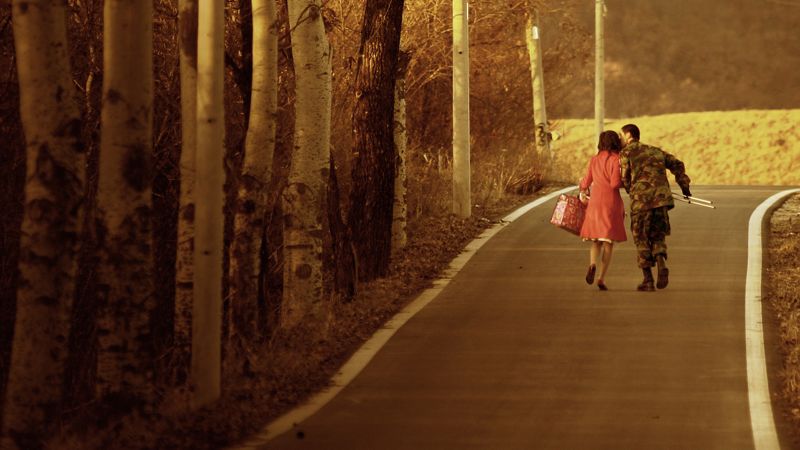The Korean DMZ: A Story of Conflict and Preservation
In the heart of the Korean Peninsula lies the Demilitarized Zone (DMZ), a buffer zone established in 1953. This 24-kilometer-long and four-kilometer-wide stretch of land has emerged as a symbol of an unfinished war, brimming with stories and hidden tales.
Documenting Life within the DMZ
Jeong Seung-ik has dedicated nearly 20 years to chronicling life along the DMZ. His work captures the everyday experiences of South Korean soldiers and the unique environment they inhabit.

A Multifaceted Perspective
Moreover, Jeong shares insights into the emotional depth of military life. He states, “Although I think it’s good to show the strong presence of our military, I try to catch their emotions as much as I can.” This perspective adds a human touch to the stark reality of military presence.

The Unexpected Beauty of the DMZ
The DMZ, while a product of historical conflict, has transformed into an unexpected sanctuary for wildlife and natural beauty. This juxtaposition prompts visitors to reflect on the complex narrative that this land embodies.

Visiting the DMZ
For those looking to experience the DMZ, Jeong advises visiting significant sites such as the Baengmagoji Monument. This memorial commemorates one of the bloodiest battles during the Korean War and serves as a stark reminder of the region’s tumultuous past.

A Duty to Document History
Jeong emphasizes, “I think it’s my role to make the DMZ known throughout the world.” His photographs serve as a vital record of the DMZ’s current state, ensuring that even a potential future reunification does not erase these poignant historical narratives.





